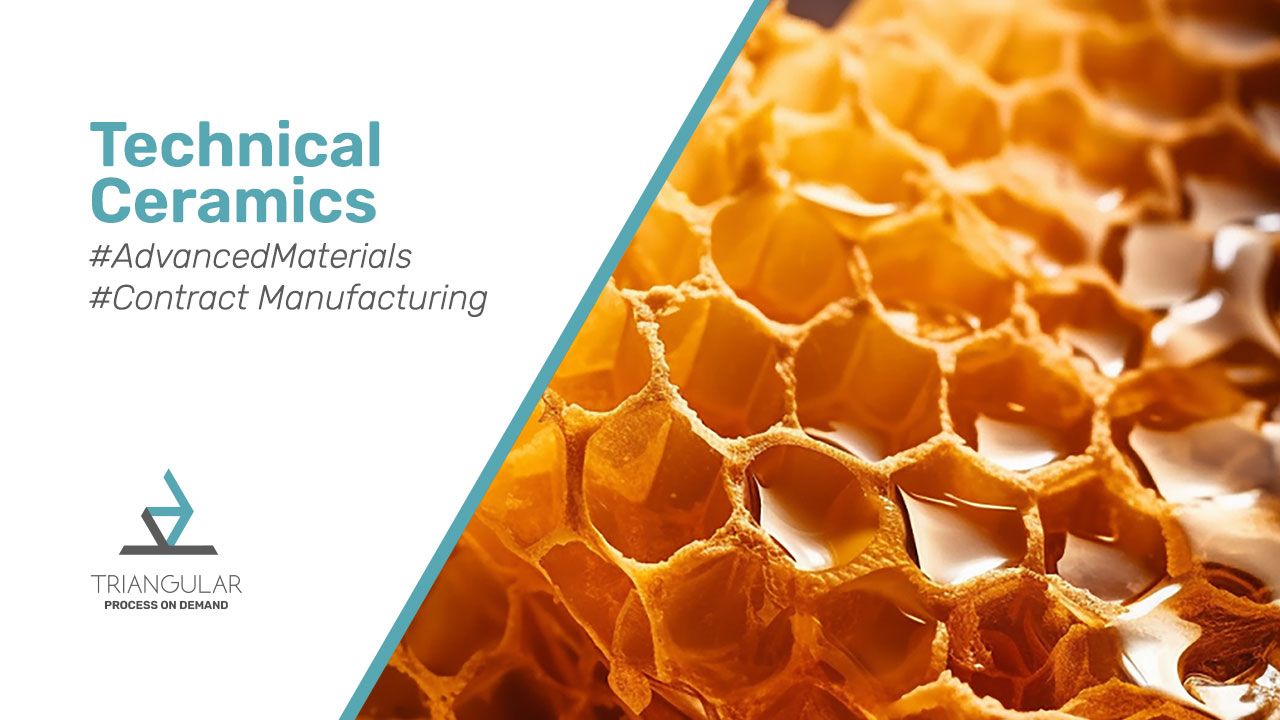Ceramics mean for many of us everyday things like plates, roof tiles, pots, cups, bricks, pizza ovens, or tiles. This is what the industry calls traditional ceramics. But there's another side, called refractories and technical ceramics, making up 9% of ceramic uses, with a market value of about 2 billion euros.
What exactly is Technical Ceramics?
They're some of the most efficient materials we have today used to replace heavy metals in advanced engineering products. These components can handle higher temperatures and forces, leading to more successful usage compared to traditional materials.
To choose the right ceramic, you need to understand the future conditions of its use: temperature, corrosion, pressure, and flexural strength, etc. Good knowledge of the raw material is also crucial as it imparts specific properties to the ceramic.
The manufacturing process starts with a chemically prepared powder. By adding additives, binders and water, you can shape it. There are different ways to do this, like pressing, casting, extrusion, molding, and even 3-D printing.
Then comes drying and heating. Depending on the application, they might get polished or undergo some other special treatment.
Not surprisingly, making technical ceramics uses a lot of energy. Companies are working hard at every step to reduce energy consumption.
One example of such application are honeycomb catalysts. They're used at very high temperatures in places like waste incinerators or stationary engines.
They're also used in other areas like insulators, bone replacements, filters, specialized systems for solar power, solid oxide fuel cells, and high-temperature bearings in wind turbines.
Are you interested in bringing your new project in the field of technical ceramics to life, from the drawing board to prototype production?
Do you need guidance in selecting the appropriate high-performance ceramic material for your product?
Our partner manufactured 1000 honeycomb ceramic catalysts for an industry contract.
Small production amounts, prototypes and raw material sourcing from one hand are difficult to find.
If you need a capable partner in the world of technical ceramics, someone who can design and build prototypes, send us a message to get in touch.
Have you had any personal experiences with using technical ceramics in your projects or applications?
Share your insights or ask any questions you may have.

